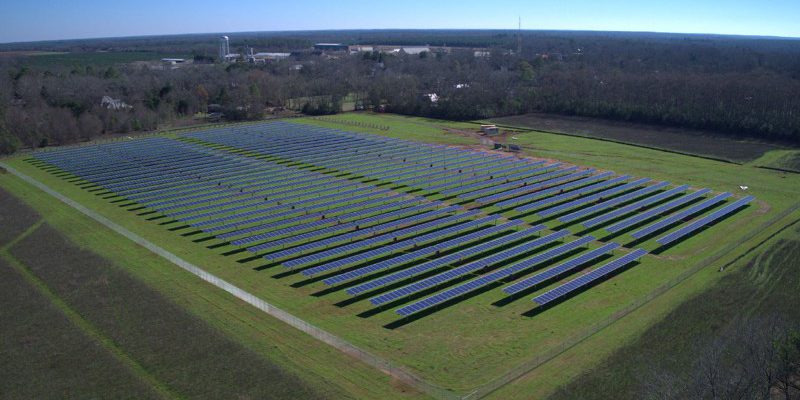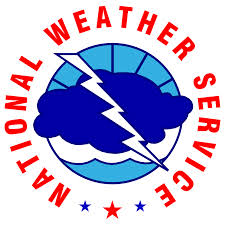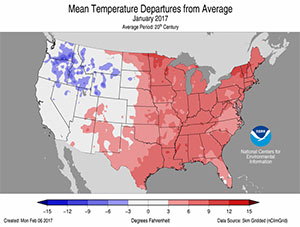-

The latest QPF shows that the next week should be below average in precipitation across most of the area, with most areas receiving less than half an inch. Most of what rain does fall is likely to be on Tuesday and Wednesday. The week after that looks a little more likely for some rain, although…
Posted in: Climate outlooks -

The latest WunderBlog post updates us on the status of Arctic sea ice. The bad news is that it is at a new record low for this time of year, even though it’s winter in the Arctic now. Temperatures there this winter have been incredibly warm, which has helped lead to the low ice coverage. (See…
-

According to the Atlanta Journal-Constitution, former President Jimmy Carter is doing a new kind of farming these days. He has recently leased a field used in the past to grow soybeans as a solar power facility. The field of solar collectors, which turn to track the sun, will be able to power approximately 215 homes. …
Posted in: Climate and Ag in the news -

On February 9, 1870, Congress and President Ulysses S. Grant passed a law to establish the first national weather service in the United States. You can read more about the history of weather observations in the US at https://www.weather.gov/timeline. They are hard at work 24/7/365 to keep us safe as well as to provide information that…
Posted in: Events -

NOAA’s Climate Prediction Center announced today that La Niña is now officially over. This is just as expected based on the predictions of a weak event from late last year. The sea surface temperature map below shows that while the central Pacific is still colder than normal, the eastern Pacific is now above normal in…
-

The latest Drought Monitor released this morning shows no change in the drought status from last week. Last week’s map also showed no change from the week before. What will happen next week? Rain in the last day (after the cut-off for today’s map) may help reduce the drought more, but we will have to…
Posted in: Drought -

NOAA released their monthly climate summary for the United States for January 2017. It shows that overall the US was wetter and warmer than average, although of course there was variation across the country. For Georgia, for example, it was ranked 117 out of 123 years for temperature (7th warmest) and 118 out of 123…
Posted in: Climate summaries